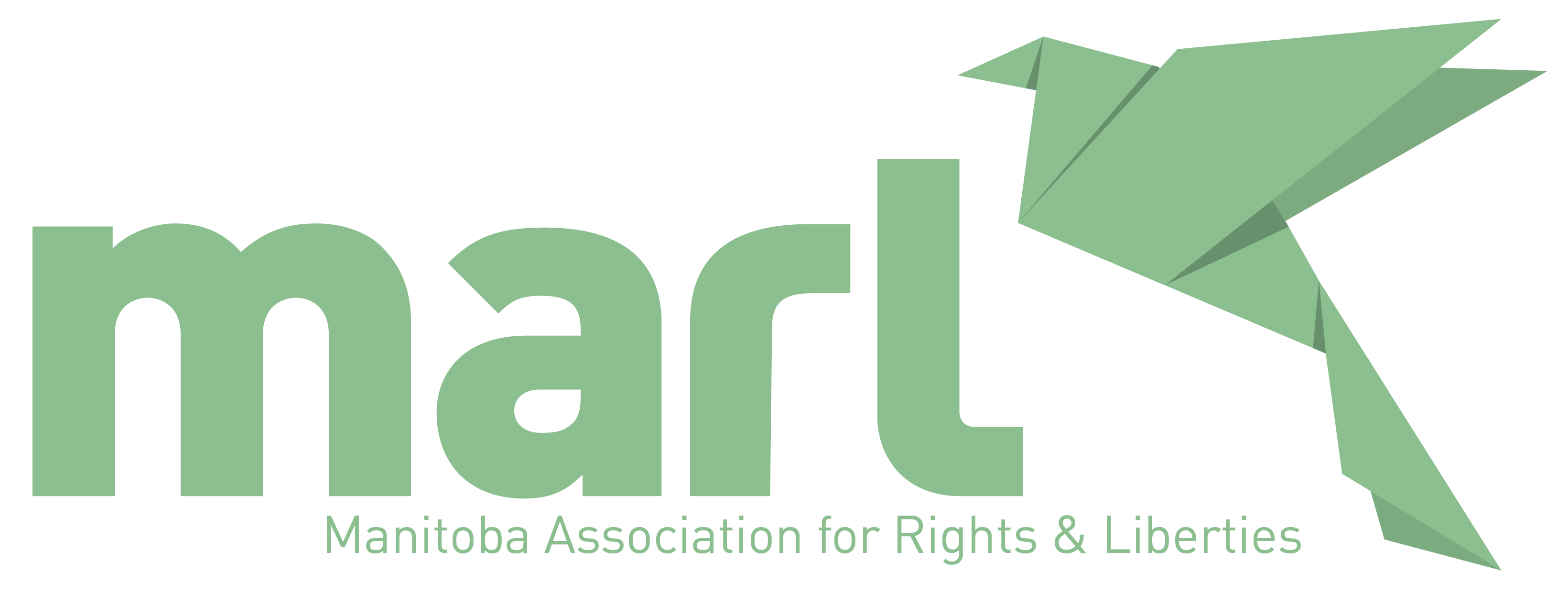January 9, 2019
Annie Beach: Youth Human Rights Activist
Annie Beach is a visual artist who has worked with Kenneth Lavallee on the Star Blanket Project and a mural at the Children’s Hospital, her art work reflects her commitment to support Indigenous communities. She is also known for her response to the University of Manitoba white supremacist poster campaign, creating a counteractive message.
My family is Cree and Saulteaux from Peguis First Nation, however, I grew up in Winnipeg, disconnected from any cultural or traditional teachings. When I began attending University, I slowly, over the years, found a family through the University of Manitoba Indigenous Student Association and learned more about my culture as well as how to be a leader in these spaces, and became the Fine Arts representative for the UMISA council in 2017/2018. At the same time, I was becoming more active with the School of Fine Art Student Association (SOFA SA), first as their Indigenous Representative in 2017/2018, and now currently as Co-President. Through these university roles, I discovered the Canadian Federation of Students and the work they do provincially and federally for Indigenous and BIPOC students at large. I joined their provincial executive team as the Circle of First Nations, Metis, and Inuit representative for the 2017/2018 and 2018/2019 years.
I was inspired by the power and resilience that emanated from my Indigenous peers as we worked together as leaders for students on campus and throughout Manitoba. I was also inspired by the fact the fact that we all have different upbringings, and all have different teachings and tools to offer, and we use our varied lived experiences to better student and youth life together.
The social problems I tend to work with are tied to Indigenous topics, both on and off campus, primarily for and with Indigenous youth and students, while also integrating my love for visual arts and using these skills as a form of advocacy.
I believe working with Indigenous youth and students, in a creative way, is important as art and creativity was so valued traditionally in our communities, and as Indigenous youth and students attempt to survive intergenerational trauma, the millennial scoop of Child and Family Services, as well as navigating institutional spaces that were not designed for Indigenous peoples, like the University of Manitoba, Indigenous youth and students can use art as a therapeutic tool in unlearning colonial tools of oppression while learning their culture and roots.
We are experiencing an Indigenous renaissance, through visual art, writing and music. The work I do with Indigenous students and youth right now is important because it supports Indigenous youth, amidst this revival of Indigenous art, helps youth and students to learn their culture while creating and experiencing art on their own.
Through my work as an activist, and engaging with other Indigenous student leaders on campus, I benefit by learning about my culture and traditions. Youth and students teach me as much or more than I teach them, and I am so thankful for everything I have learned over the years.
you may also like…
April 18, 2024
From citizens to digital citizens
Social media provide an opportunity to communicate in multiple ways, just as never before in history. Nonetheless, there are dangers and risks as well. We should be aware of them to protect ourselves …
April 18, 2024
Des citoyens aux citoyens numériques
Les réseaux sociaux offrent la possibilité de communiquer de manières très diverses, comme jamais auparavant dans l’histoire. Néanmoins, ils comportent aussi des dangers et des risques. Il faut en être conscients pour nos …





